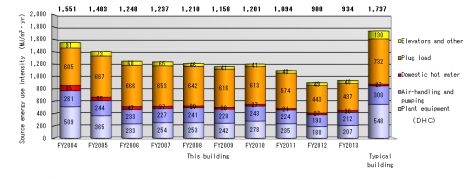プロジェクト報告書 ( project-report) 2016年02月03日
ヨンデンビル新館の継続コミッショニング
天野雄一朗(四国電力、BSCA・CxTE)
安岡稔弘(四電技術コンサルタント BSCA・CxPE)
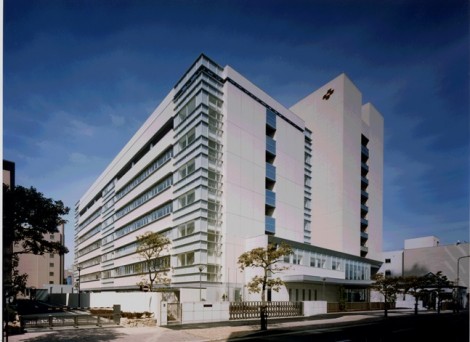
空気調和・衛生工学会 第46回学会賞「技術賞・技術開発部門」
第15回特別賞「十年賞」 受賞
・新技術として採用した土壌蓄熱空調システムを含む空調システム全体
を対象に新築ビル
・最適化Cx既存ビル・継続Cxを10年間に亘り継
続的に実践
建物概要
・所在地:香川県高松市
・延床面積:13,922㎡, 階数:地上7階,地下1階
・建物用途:事務所, 運用開始:2004年3月
設備概要
・熱源設備
丸の内地域熱供給施設、熱交換器容量:1,000kW(HEX1-3)
・蓄熱設備
土壌蓄熱空調システム
温度成層型多槽連結水蓄熱システム
(冷温水槽:300m3、冷水槽:700m3)
躯体蓄熱空調システム
・空調方式
各階AHU(4管式:冷温水+土壌蓄熱系)、床/天井吹出切替
(4~6階執務室)
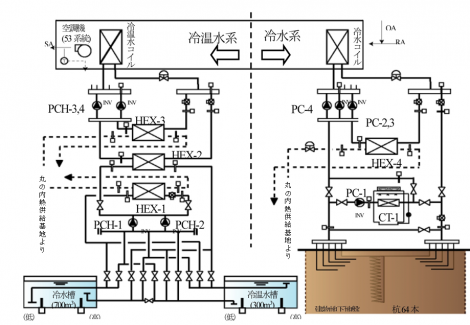
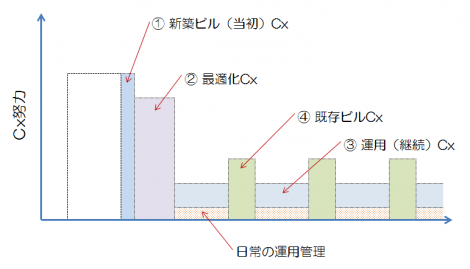
Cx実施者
・発注者: 四電技術コンサルタント
・Cx管理チーム(CMT) : BSCA
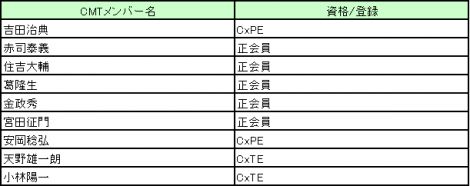
土壌蓄熱システムの最適化
シミュレーションを利用した季節間土壌蓄熱空調システムの運用最適化を
試行
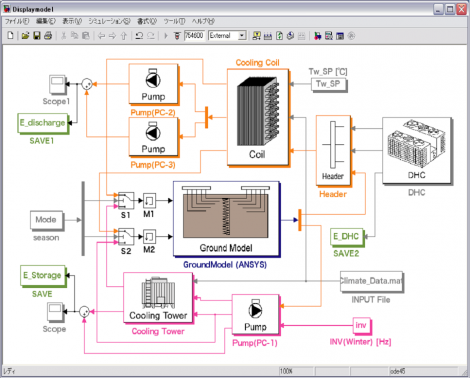
最適な設定値の検討を実施
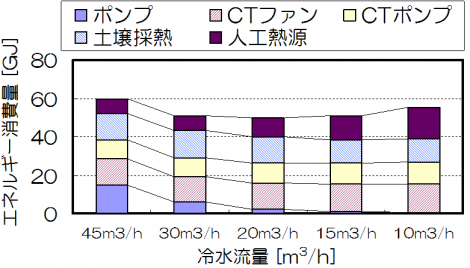
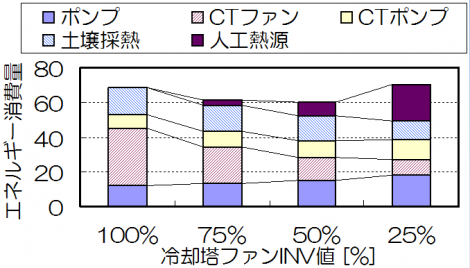
改修に併せたポンプ容量を最適化。
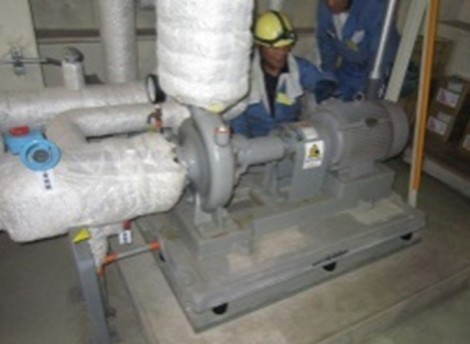
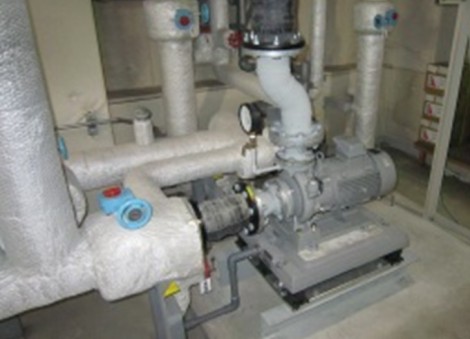
既存ビル・継続Cxによりシステム効率10.1を達成した。高効率な運転を維持している。
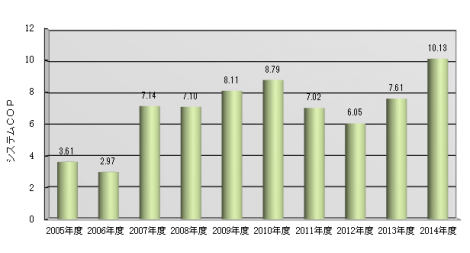
Cxを活用した運用改善
本建物は、設計時に計画された最新の建築設備の要求性能を実現するために竣工後10 年間にわたり、関係者(建物利用者、建物所有者・維持管理者、設計者)により段階的にコミッショニング体制(CMT)を構築し、実測データを基にしたシミュレーション解析による省エネルギー評価を継続的に実施することで、運用方法の最適化等に取り組んだ。
コミッショニングフェーズとしては、土壌蓄熱空調システムやその他設備の設計時から竣工後4 年目までの新築ビルおよび運用時の最適化コミッショニングと、5 年目から10 年目までの定常的な運用段階に入ってからの水蓄熱・2 次側空調システムを含んだ継続的な既存ビルコミッショニングという、大きく2段階に分けて実施した。
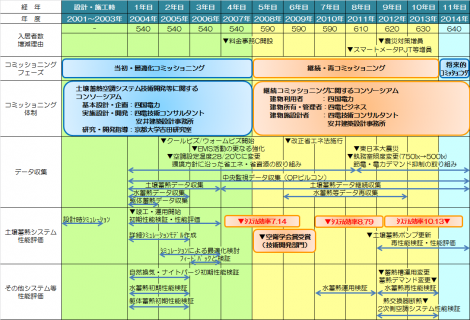
その他ビル全体のエネルギー削減に向けて
・執務室照度設定値の見直し(750lx→500lx)
・換気設備CO2制御設定値の変更(→950ppm)
・電化厨房(食堂)の換気量の最適化
・電気室の冬季冷房を外気冷房に変更
・駐車場の換気ファンを間欠運転に変更 等を実施
一次エネルギー削減量
竣工後10年にわたり継続的にコミッショニングを実施した結果、2013年度には1次エネルギー消費量934[MJ/㎡・年]を達成し、性能を維持・改善しながら消費エネルギー量を竣工年度に比べ約40%削減した。また、新技術として採用した「土壌蓄熱空調システム」はシミュレーションによる運用の最適化を実施し、高効率な運転方法を見出し、それを継続することによりシステム効率10.1を達成した。
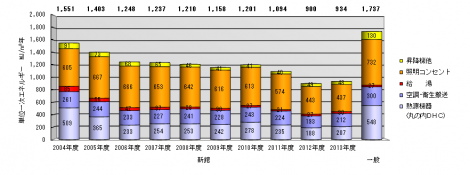
プロジェクト報告書 ( project-report) Feb. 03, 2016
Ongoing Cx for Yonden Building Annex
Yuichiro Amano(Shikoku Electric Power Co., INC., BSCA・CxTE)
Toshihiro Yasuoka(YONDEN Consultants,Inc. BSCA・CxPE)

Received the 46th SHASE Award for Technology/R&D and the 15th SHASE 10 Year Award recognizing
・Adaptation of new technologies such as the underground
TES system
・Operational efforts to optimize the building performance
continuously through Ongoing Cx for a decade after the
building completion
Project Details
・Location:Takamatsu-shi, Kagawa
・Floor Area:13,922㎡, 7 above grade/1 below grade
・Use:Office,Occupied since March 2004
Facility Details
・Plant
Marunouchi DHC,Total Energy Transfer Rate: 1,000kW
(3 heat exchangers)
・Thermal Energy Storage System
Underground TES,Stratified multi-tank-combined TES
(Hot water/chilled water tank:300m3water tank 、
Chilled water tank:700m3)
Building thermal mass energy storage
・HVAC Secondary Systems
Single AHU on each floor(4-pipe system: chilled/hot
water + ground couple TES)
Switching underfloor/ceiling air distribution (offices
on 4F-5F)
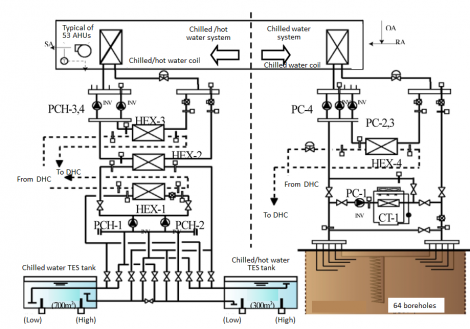
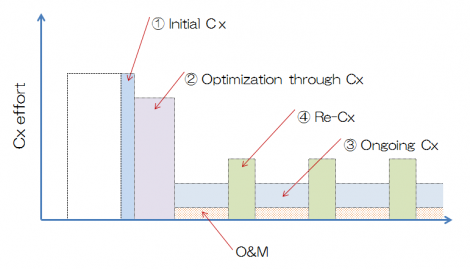
Cx Team
・Client: Yonden Consultants ,Inc.
・Cx Management Team (CMT): Building Services Commissioning
Association, (BSCA)
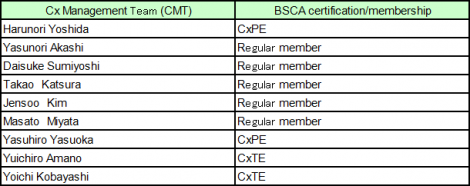
Optimization of Underground TES System
Find the best operation sequence using for different seasons using simulations
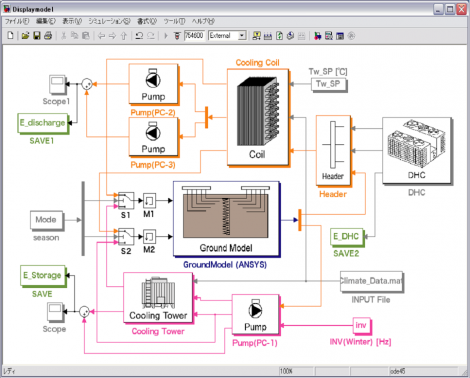
Find optimal control setpoints
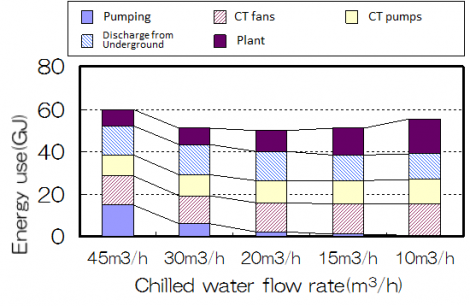
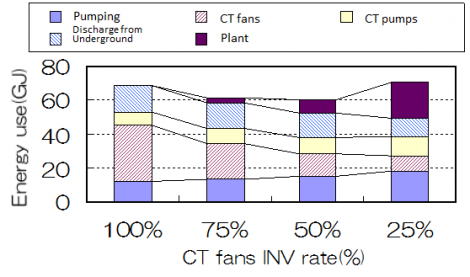
Retrofit pumps with optimized sizes
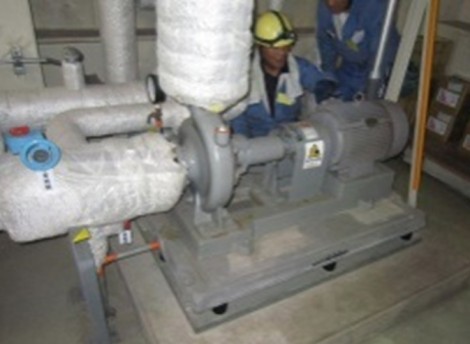
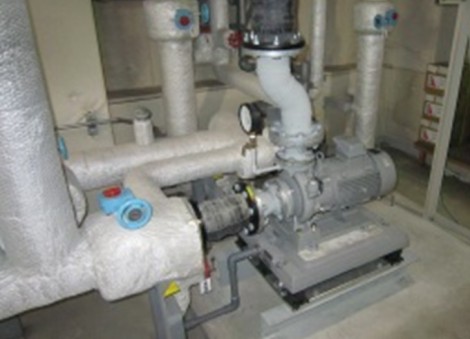
Achieved high system COP of 10.1 through Re-Cx and Ongoing Cx
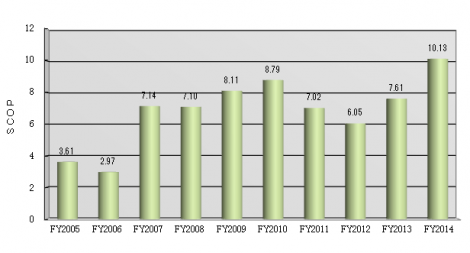
Operational Enhancements through Cx
To achieve and maintain the performance requirements for the building systems, ongoing Cx has been conducted for 10 years since after the building completion. The Cx team including the building occupants, owner, operation staff, and designer was formed. The operation has been continuously optimized by conducting simulation studies using measured data.
New building Cx and operational optimization were conducted during the first 4 years after the completion. For the fifth year and after, the water TES and secondary air handling systems were optimized through Cx.
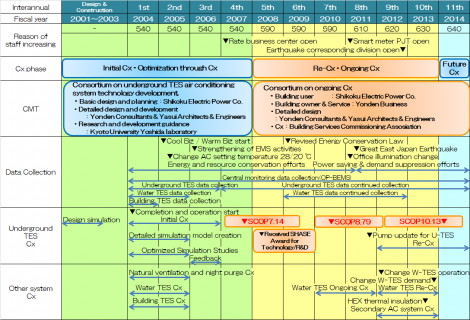
Examples of other efforts to reduce whole building energy use
・Reduce office lighting levels (750lx→500lx)
・Reduce CO2 setpoint for demand based ventilation
control(→950ppm)
・Optimized ventilation rates for the kitchen converted
from gas to electric
・Utilize economizer operation for cooling in the electrical
room during winter
・Run parking garage fans intermittently
History of annual source energy use intensity
As a result of the Cx effort for 10 years, the source energy use in FY2013 was 934 [MJ/m2·yr], achieving a 40% of energy use reduction compared to the energy use in the completion year with maintaining/improving the performance. The operation of the underground TES was optimized continuously using simulation studies, achieving the system efficiency of 10.1.
